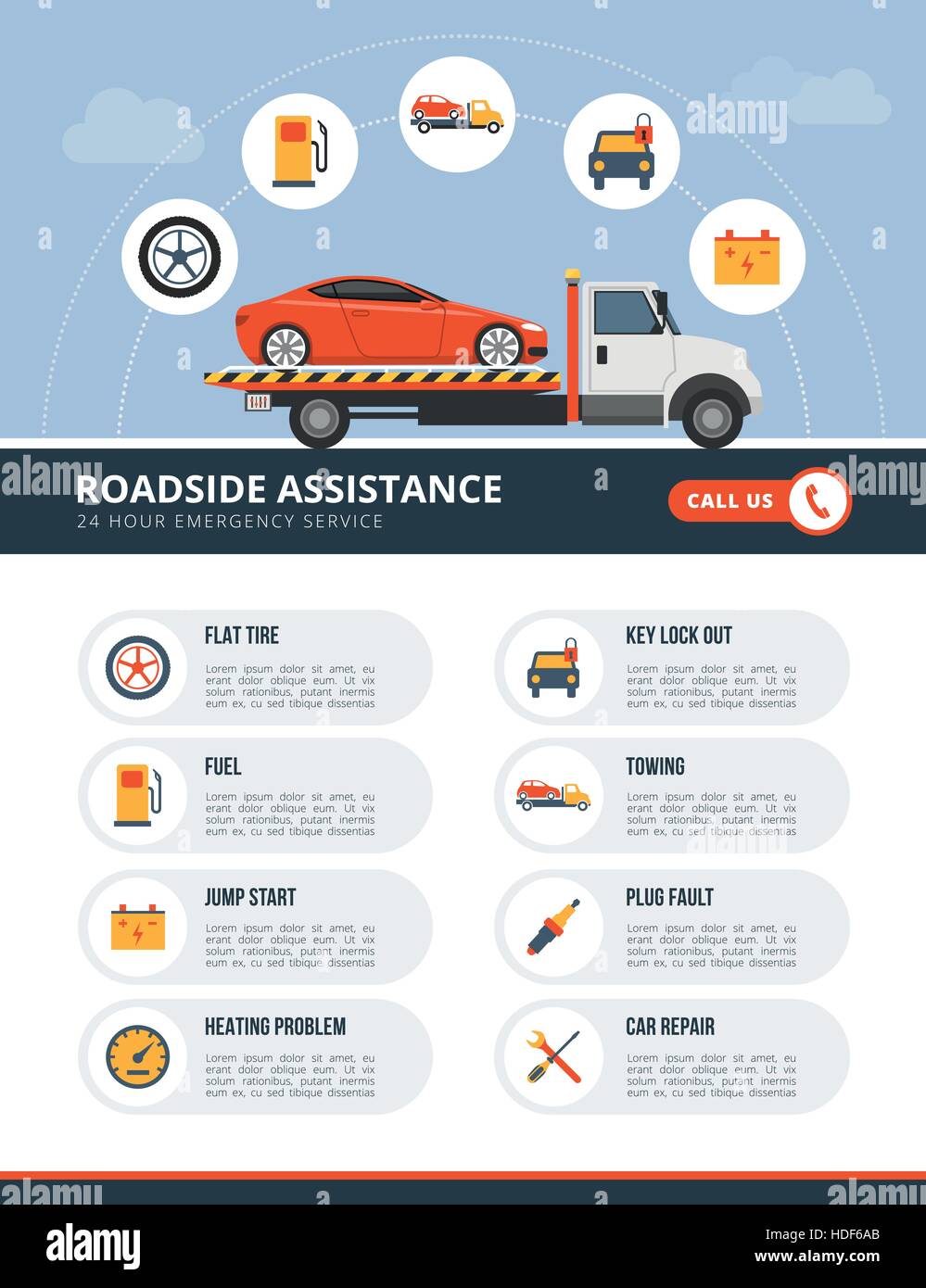Decoding Your Vehicle'S Warning Indicators: What They Truly Signify
Decoding Your Vehicle'S Warning Indicators: What They Truly Signify
Blog Article
Post Produced By-Samuelsen Torres
When you lag the wheel, those radiant caution lights on your dashboard can be a little bit complicated. Do you recognize what they're attempting to tell you concerning your cars and truck's wellness? Comprehending the significance of these lights is important for your security and the long life of your car. So, the next time one of those lights pops up, would not you wish to decipher its message accurately and take the necessary steps to address it?
Common Warning Lighting and Interpretations
Identify usual caution lights in your car and comprehend their significances to ensure risk-free driving.
https://www.uticaod.com/story/news/2022/06/20/rome-auto-repair-likely-forced-move-due-brownfield-remediation/7633747001/ consist of the check engine light, which signals concerns with the engine or discharges system. If this light comes on, it's critical to have your automobile inspected immediately.
The oil stress warning light indicates low oil stress, needing immediate attention to avoid engine damages.
A flashing battery light might suggest a damaged billing system, possibly leaving you stranded if not addressed.
The tire stress tracking system (TPMS) light notifies you to reduced tire stress, influencing vehicle stability and gas performance. Neglecting https://airliftperformance95172.activoblog.com/33936785/mobile-cars-and-truck-describing-enhancing-your-vehicle-s-appearance-on-the-go might cause risky driving problems.
The ABS light indicates a trouble with the anti-lock stopping system, jeopardizing your capacity to quit promptly in emergencies.
Lastly, the coolant temperature warning light warns of engine getting too hot, which can result in severe damage otherwise solved quickly.
Understanding these usual warning lights will help you resolve concerns without delay and keep safe driving conditions.
Value of Prompt Attention
Recognizing the usual caution lights in your automobile is just the primary step; the importance of without delay attending to these cautions can't be emphasized sufficient to guarantee your security on the road.
When a caution light illuminates on your dashboard, it's your automobile's way of communicating a potential concern that needs attention. Ignoring these cautions can cause much more severe issues in the future, compromising your security and potentially costing you much more in repairs.
Trigger focus to warning lights can avoid malfunctions and accidents. As an example, a flashing check engine light might suggest a misfire that, if left neglected, could cause damages to the catalytic converter. Addressing this promptly can save you from an expensive repair work.
Similarly, a brake system alerting light might signify low brake fluid or worn brake pads, essential elements for your safety and security when driving.
DIY Troubleshooting Tips
If you observe a warning light on your dashboard, there are a couple of DIY troubleshooting pointers you can try prior to looking for expert help.
The primary step is to consult your cars and truck's manual to comprehend what the specific warning light shows. Occasionally the concern can be as easy as a loosened gas cap setting off the check engine light. Tightening up the gas cap may settle the issue.
One more typical concern is a reduced battery, which can cause numerous alerting lights. Examining the battery links for rust and ensuring they're safe might repair the issue.
If a warning light persists, you can try resetting it by separating the auto's battery for a couple of mins and then reconnecting it. Additionally, examining your automobile's fluid degrees, such as oil, coolant, and brake fluid, can assist fix advising lights associated with these systems.
Conclusion
To conclude, comprehending your automobile's warning lights is vital for maintaining your vehicle running efficiently and safely. By promptly resolving these alerts and knowing what they imply, you can prevent costly repair work and prospective failures.
Bear in mind to consult your automobile's guidebook for specific details on each warning light and act appropriately to guarantee a hassle-free driving experience.
Remain educated, stay safe on the road!
